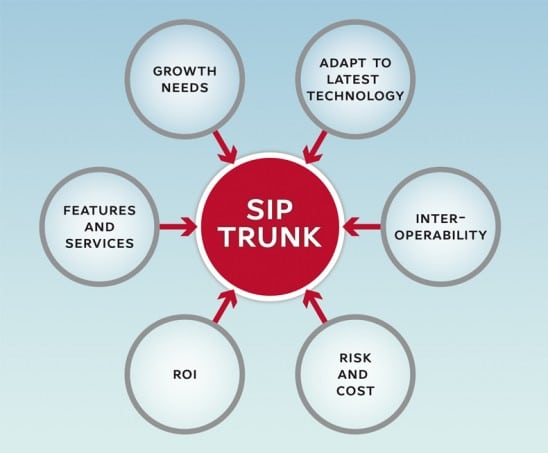Today, the most common and simple method for judging call quality is to compare the call to a cell phone or traditional Plain Old Telephone POTs line. However, the professional method for evaluating the quality of VoIP calls is a numbered scale called the mean opinion score. As you will see, picking the correct codec can make all the difference.
Mean Opinion Scores (MOS)
Mean opinion score (MOS) is a test that has been used for years in telephony networks to obtain the human user's experience of the quality of a phone call. Typically, several testers would make calls and rate the quality of each call using the chart below.
The MOS is assigned by a group of listeners using the following values:
- 5 - Excellent
- 4 - Good
- 3 - Fair
- 2 - Poor
- 1 - Bad
Now, that we have a way to compare voice over IP call quality, let's take a look at the technology that can be used to make VOIP phone calls possible.
Codec Types
What's a Codec?
A codec, which stands for coder-decoder, converts an audio signal into compressed digital transmissions (VoIP) and then back into an uncompressed audio signal for replay. The codec makes digital voice transmissions possible. Codecs vary with sound quality, the bandwidth required, the computational requirements, etc. Each service, program, phone, gateway, fax machine, etc. typically supports several different codecs. While communicating with each other they negotiate the most appropriate codec to use. As a simple benchmark, a traditional high quality POTs line rates around 4.4 on the MOS chart where a typical cell phone scores between 2.25 ~ 3.50 on the MOS chart.
You can assign a different codec to individual phones or devices. Your staff can use medium quality/low bandwidth G.729 codec while the executives might use a superior quality/heavy bandwidth G.722 codec. For example, have you ever been on the phone with technical support in another country and noticed the poor sound quality? Chances are, they are using a low bandwidth codec that uses minimal bandwidth and produces a low-quality sound.
Common VoIP Codec Protocols
G.729 is the most common codec because it produces good audio quality with a relatively low bandwidth requirement. G.729 rates with a score of 4.0 on the MOS scale.
G.711 is offered by most providers and uses a compression ratio of 1:2 utilizing 128K of bandwidth (64K in both directions). G.711 was introduced by ITU in 1972 for use in digital telephony services. G.711 has a MOS rating of 4.2. This codec is best suited to higher bandwidth environments.
G.722 is a high bit rate (48/56/64Kbps) codec with even better quality than the traditional public switched telephone network (PSTN), it can be used for a variety of higher quality speech applications. This standard also requires an adequate amount of bandwidth and usually rates a 5.0 on the MOS scale.
T.38 is a codec designed purely for Fax machines.
There are many codecs out there, some like the G.711 are royalty-free, others require licensing fees. The type of PBX, phones, fax services and SIP providers each dictate the codec choices available to you.
How to Decide?
The codecs that provide the best quality also consumes the most bandwidth, therefore there is a trade-off that you need to consider. The easiest way to determine which codec to choose is on a phone by phone basis, whether you want the voice conversation to be:
- Less than or equal to cell phone quality (G.729)
- Equal to a high-quality land line (G.711)
- Better than a high-quality land line (G.722)
Need some help in reviewing your SIP Trunking needs? Give us a call at J&B Technology and we will help you make the best choice possible.




